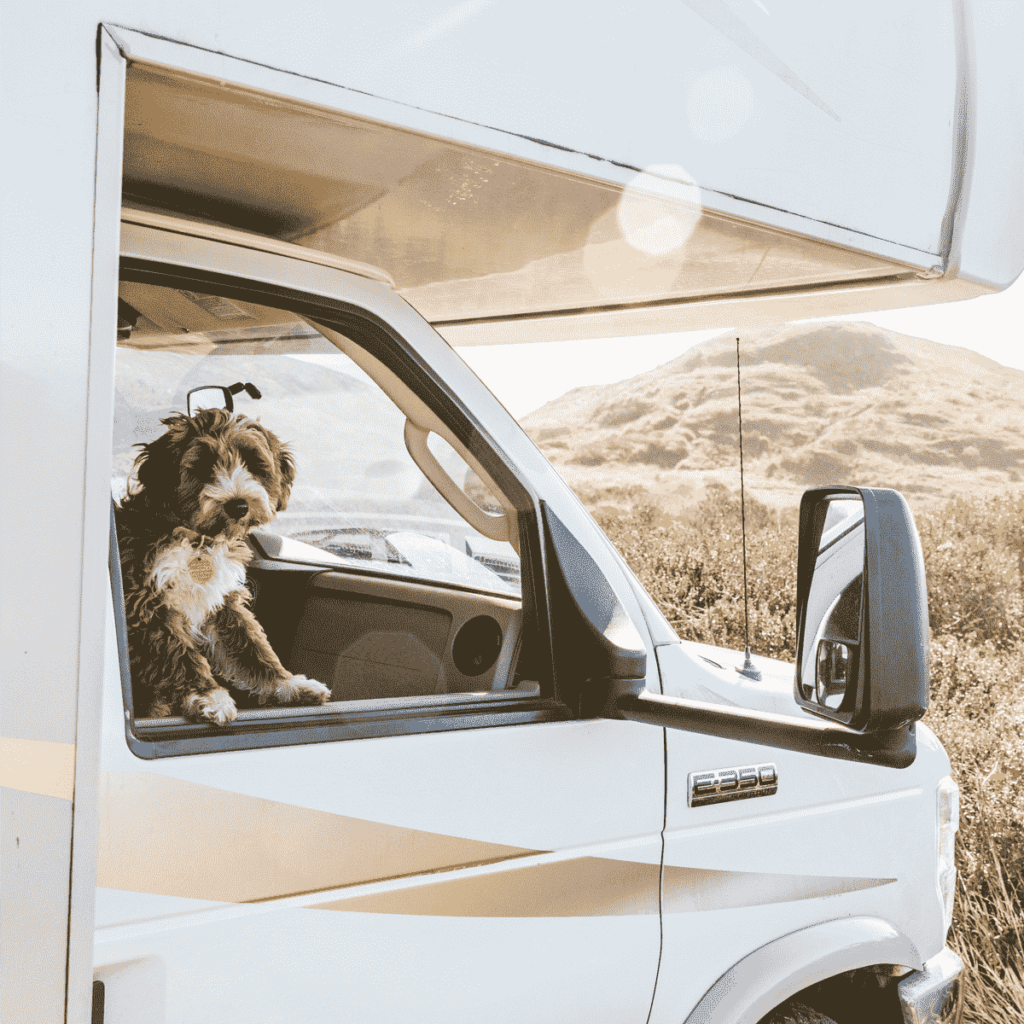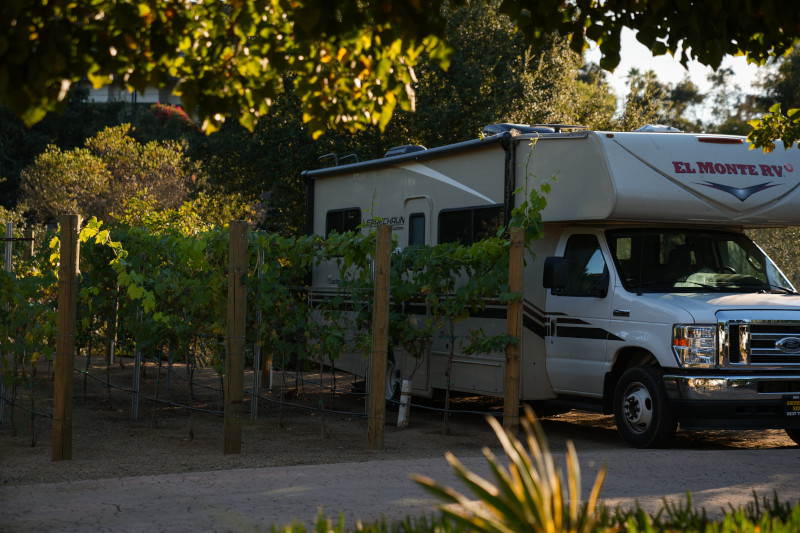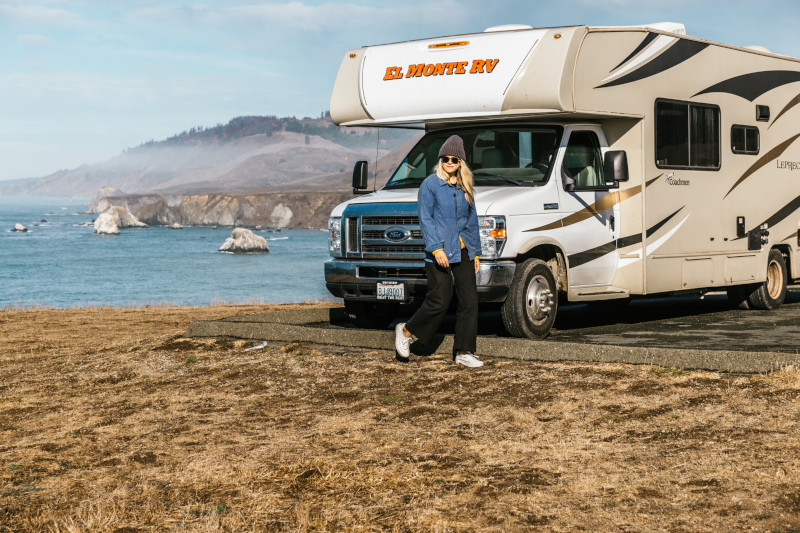RV Trip
Whether you’re new to RV camping or a veteran road tripper, chances are good you’ll need an RV trip list. From the basics to things you may not think of – let’s get ready for your next adventure!
Choosing an RV
The first step in any RV vacation is to get an RV. If you have decided to buy your own RV, El Monte RV Sales offers a wide variety of sizes and types to consider. Are you familiar with these RVs? If not, take a few minutes to look at the RVs for Sale section of our website and see what RVs are available at various El Monte RV Sales locations.
But first, here are some helpful pointers to help navigate you through the purchasing process.
- Choosing Your RV – This article lists many factors you will want to consider before taking the leap to buy your own RV.
- RV Inspection Checklists – There are numerous options for these checklists. Research them and find the one you like best and follow it before you actually purchase your RV.
- Checklist for Buying a Used RV – This is just one example of a good checklist to use before you buy.
RV Packing Tips
The good news is there’s no carry-on size restriction in an RV but the bad news is you will be tempted to take everything along, including the kitchen sink – Don’t! Keep yourself on track with these handy packing tips.
- You’ve got the keys to your RV and are ready to hit the open road on your first RV camping trip, right? Before you load up all your must-have necessities and other luxury items to keep the family busy, make up a list first.
- Having a list to properly prepare for your camping trip can save you both time and money. If you’re not sure how to pack an RV or what to pack in your RV, that list will simplify the entire trip planning process.
How to Stock an RV – Check the Manual
- Before you decide what gets packed in your recreational vehicle, consult the RV owner’s manual. The manual will give you the Gross Vehicle Weight Ratio of your rig. The GVWR is the maximum safe weight of your RV. This weight includes the weight of the vehicle itself, water, fuel, personal belongings, and food.
- It is critical that you do not overload your RV. Accumulated weight affects the handling and performance of your vehicle which can lead to poor reactions depending on road and weather conditions; and the heavier you make your vehicle the worse the gas mileage will be.
- Keep this GVWR in mind when you create your RV packing list.
Begin Planning for your RV Road Trip
- Ideally, you could take whatever you want when heading out on a camping trip. When you have electricity, the sky is the limit. You need to carefully pick and prioritize what you think you will use the most. That means critical items only.
- You don’t have to keep yourself busy at all times – when you’re traveling you’re going to explore new places and find a lot of other activities that can occupy time for your family.
- For personal gear, focus on a few important electronic devices and toiletries. You’ll also want those critical first aid items.
Getting Clothing Together for your RV Camping Trip
- It’s tempting to overpack for your RV vacation as you look over your clothing. You never know what could happen, and extra clothes might be necessary. Ideally, you should pack 5 days’ worth of casual clothing, with a mix and match of color schemes and climate-appropriate clothes.
- A good approach is to create two stacks of clothing: Must go clothing, and possible. Gradually eliminate your possible stack until you have no more than 5 days’ worth of clothing with some additional items (like swimwear) appropriate to your destination.
Prepare a Menu for your Camping Trip
- Having an RV makes it so much easier to cook, but most RV’s have limited cold storage space – same goes for dry goods. Food also gets heavy when you pack in a lot of canned and boxed goods. To avoid adding hundreds of pounds of additional weight to your RV, plan out a menu for your trip.
- For a short trip, like a week, put together a small menu and shop only what you need for the menu along with a few simple snacks. For a longer trip, focus your shopping and food supply around your favorite menu items and meals. This can at least get you to your destination. Once you reach the appropriate stop you can restock your food for the next menu. And, remember you can always treat yourself by dining out sometimes.
- Be sure to choose easy, small-ingredient menu items to cook. If you can find one-pot meals or crockpot meals then you will save a lot of space with food prep.
Always Pack Tools for your Camping Trip
- A Swiss army knife used to be enough to get by when tent camping. An RV requires a little more mechanical savvy. It’s smart to pack a toolbox for those smaller mechanical repairs. While you might not be able to fix a breakdown, you’ll want to have pliers and screwdrivers handy along with a level, hammer, and open and closed wrenches of various sizes.
Managing Water to Weight Ratio
- Regardless of the length of your trip, don’t fill your fresh water tank to full unless you absolutely have to. It’s best to keep it around 1/3 capacity. That’s typically enough water to get you where you’re going comfortably and safely.
- Unless you’ll do extensive off-grid traveling where there are no facilities, this is typically enough water to get you to your next destination. Keep in mind that 100 lbs. of water in your RV can reduce your fuel economy by as much as 2% or more.
- A gallon of water weighs around 8.3 lbs. Consider that many larger RV’s hold as many as 80 gallons or more in addition to the 10-gallon water heater and it’s easy to increase the weight of your RV by more than 750 lbs.
Carefully Pack for the RV Camping Trip
- A few final camping tips are important: keep the heavy items low in your RV when you pack. Not only does this reduce the risk of heavy items falling when you cross uneven terrain but it also lowers the center of gravity for your RV.
- Whatever you do, make sure you secure it properly. Tension rods designed for cabinets and shelving can help keep smaller items in place such as canned goods, boxes, and books. When the rig is in motion, try not to open cabinets and doors. When you stop, open them carefully in case items have shifted in transit. These items could fall and cause injury.
Remember, El Monte RV Sales offers a wide variety of sizes and types of Refurbished RV’s to consider when you decide to purchase your own RV. We also have many more tips to help you plan for and have a very happy trip!



